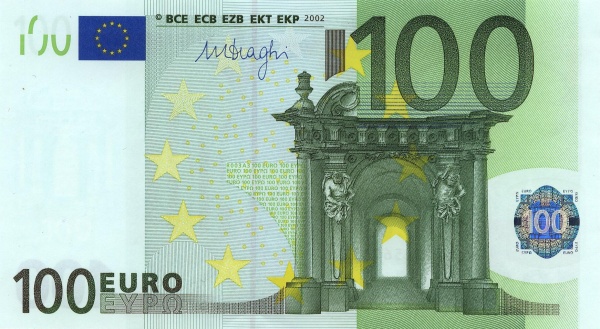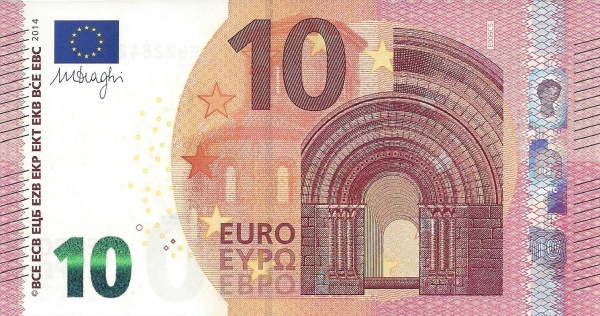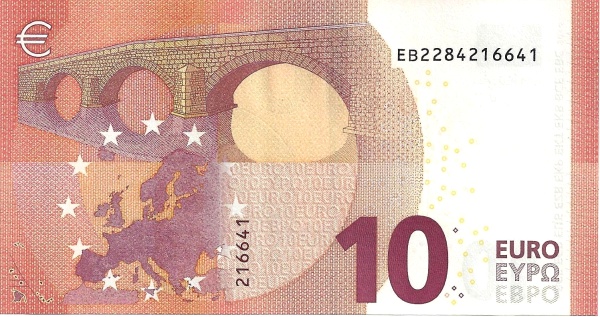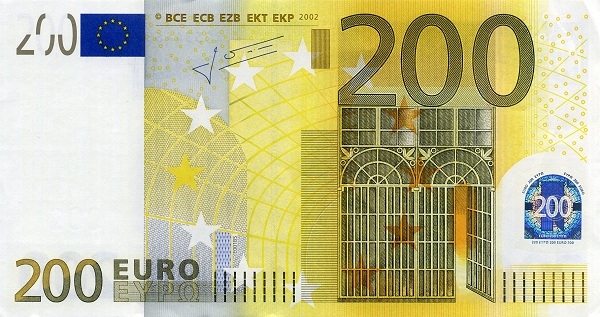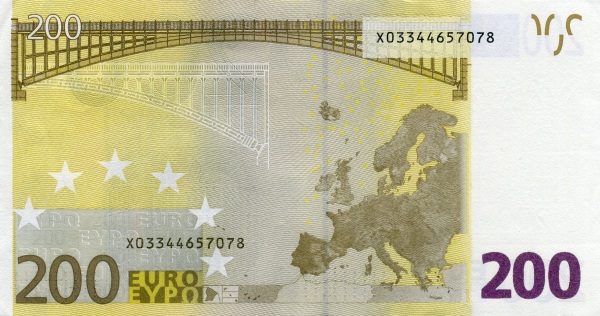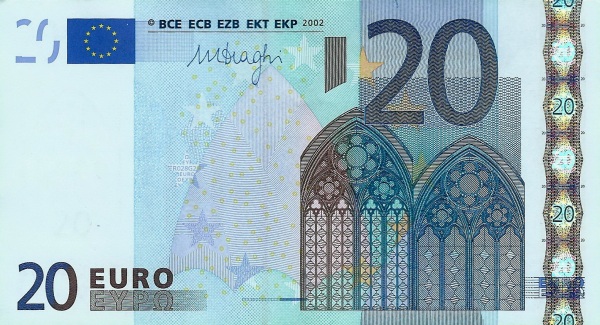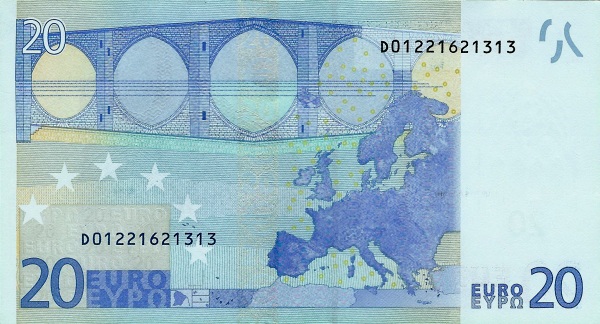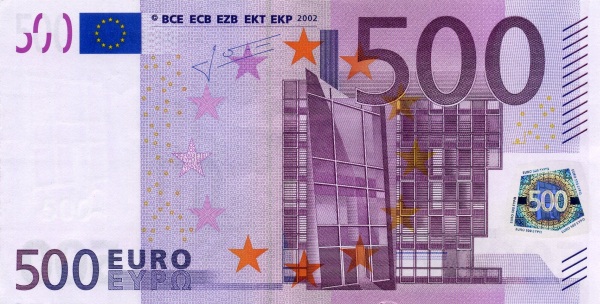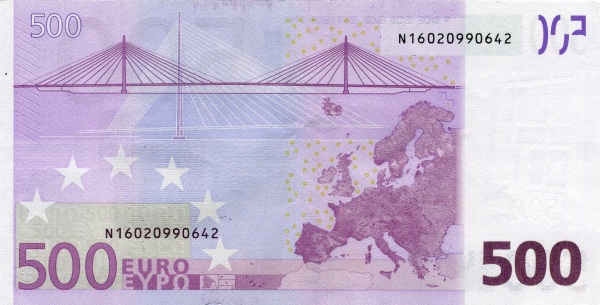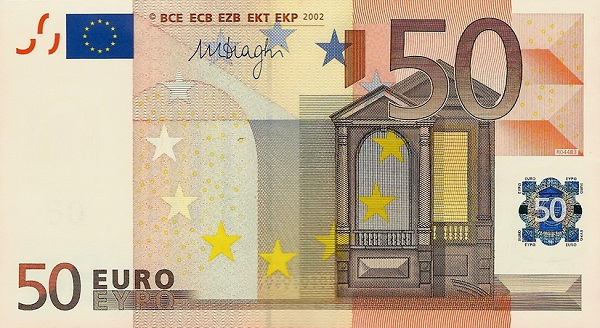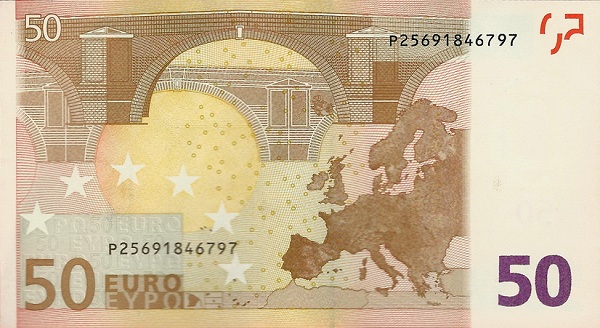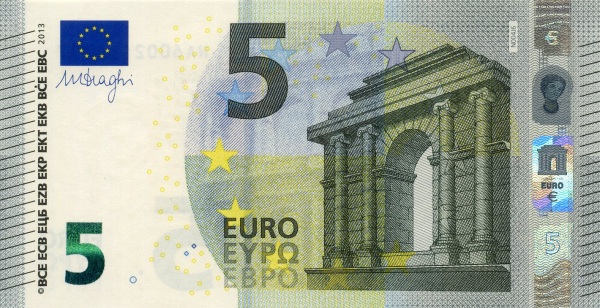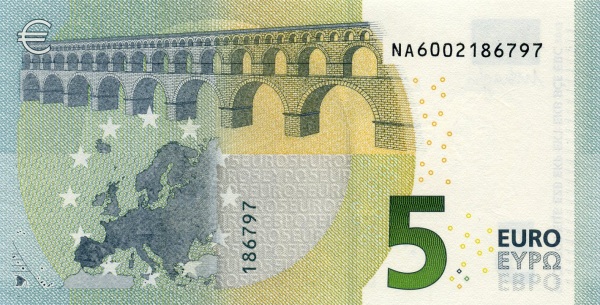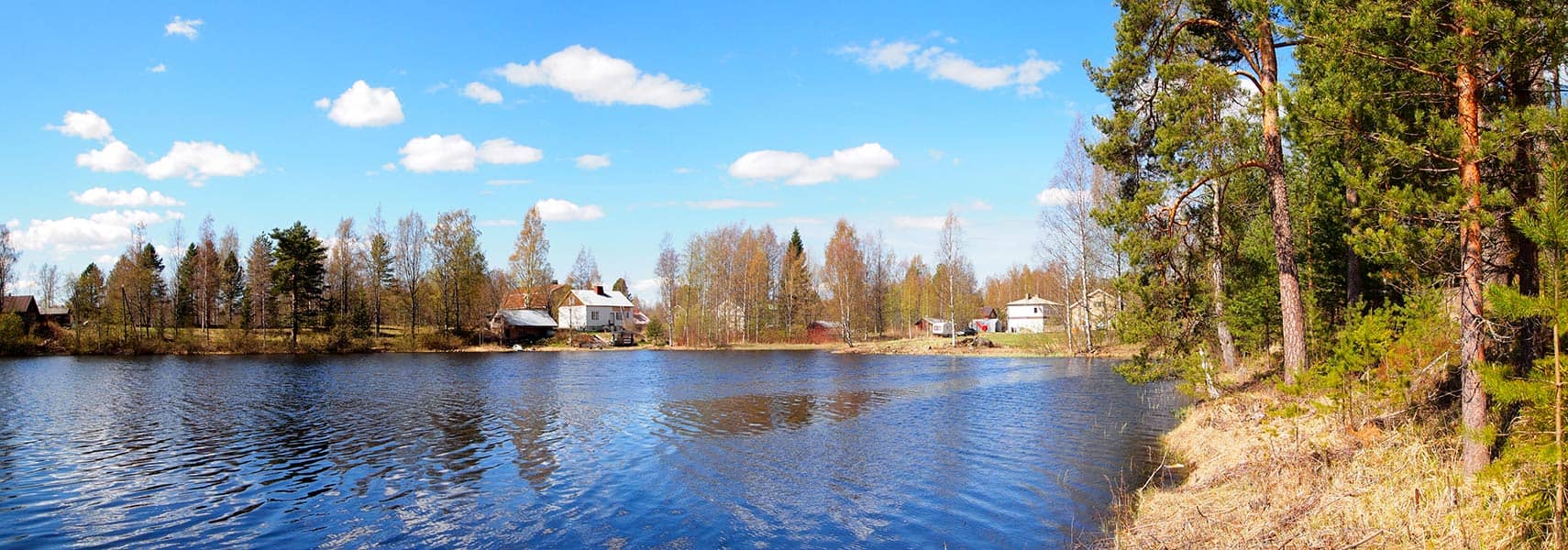Exploring Finland: A Gem in Northern Europe
Finland, a stunning parliamentary republic in Northern Europe, grants visitors a captivating glimpse into its rich history and diverse landscapes. This remarkable country boasts borders with the Baltic Sea, the Gulf of Bothnia, and the Gulf of Finland. Additionally, it shares land borders with Norway, Sweden, and Russia, while its maritime borders connect it to Estonia. Whether you’re drawn by its natural beauty or its vibrant culture, Finland promises an unforgettable experience.
A Glimpse into Historical Finland
To fully appreciate Finland, one must understand its storied past. Originally a grand duchy within the Russian Empire, this nation proudly declared its independence in 1917. Since then, it has maintained a formal policy of neutrality, setting itself apart from alliances like NATO, similar to Sweden. The resilience of the Finnish people becomes particularly evident when considering their defense during World War II, where they successfully resisted invasions from both the Soviet Union and Germany.
Finland’s Majestic Geography
Covering an expansive area of 338,145 km², Finland ranks just slightly smaller than the U.S. state of Montana or almost the size of Germany. The country is renowned for its stunning landscapes, characterized by dense forests, serene lakes, and majestic hills. In fact, over 70% of its terrain remains covered in forests, with more than 60,000 lakes peppering the countryside. This natural beauty attracts a multitude of outdoor enthusiasts from around the globe, providing endless opportunities for exploration and adventure.
Understanding Finland’s Climate and Terrain
Finland enjoys a northern temperate climate, which significantly influences its natural resources and agriculture. The geography presents low, hilly landscapes intertwined with wooded areas, casting a picturesque view throughout the country. The highest point in Finland, Halti Mountain, rises majestically to 1,324 meters and offers breathtaking vistas for those who venture to its peak.
The Finnish Population and Its Diversity
The Finnish population, estimated at 5.5 million in 2017, constitutes one of the most sparsely populated regions in Europe. Remarkably, approximately half of the population resides in the southern coastal areas, particularly in the capital city, Helsinki. Within its diverse cultural fabric, Finland accommodates various ethnic groups, including Finns, Swedes, Sami, Roma, and Tatars. As for languages, Finnish dominates with 93% of the populace speaking it, while Swedish is spoken by 6%, making both languages official. Additionally, the indigenous Sami people contribute to the cultural richness of this remarkable nation.
Traditions and Lifestyle in Finland
Finnish culture thrives on traditions and deep-rooted lifestyles. Remarkably, the literacy rate in Finland stands at an impressive 100%, reflecting the country’s commitment to education. The predominant religion is Lutheranism, which is followed by 89% of the population, with Orthodox Christians making up 1%. This emphasis on education, along with the value placed on community and nature, creates a balanced way of life for its citizens.
Natural Resources and Economic Landscape
Finland’s economy exhibits a remarkable transformation from its roots as a predominantly farm and forest-based system to a sophisticated, diversified industrial economy. The country is rich in natural resources, including timber, iron ore, copper, lead, zinc, and gold. Agriculture remains significant, with major products such as barley, wheat, and potatoes alongside a strong dairy farming sector. This effective utilization of resources plays a vital role in Finland’s economic stability.
Industry and Exports
Industries in Finland range from metal products and electronics to shipbuilding and pulp and paper production. As a member of the European Union since January 1995, Finland became a notable player in international trade, exporting various commodities that include electrical and optical equipment, machinery, and timber. Prominent partners in their export endeavors include Germany, Sweden, and the United States. In 2015, Germany accounted for 13.9% of Finland’s exports, showcasing the strength of their trade relations.
Imports and Economic Relationships
Conversely, Finland imports a myriad of commodities crucial for its industries and daily life. Key imports include foodstuffs, petroleum, and various electronic products. Notably, Finland’s main import partners include Germany, Sweden, and Russia, with Germany alone contributing 17% of total imports in 2015. This intricate web of exports and imports highlights the interconnected nature of Finland's economy within the global framework.
Discovering the Wonders of Finland
Finland offers a multitude of opportunities for adventure, relaxation, and cultural enrichment. Visiting one of its renowned national parks allows you to immerse yourself in breathtaking scenery, teeming with flora and fauna. Alternatively, the vibrant cities of Finland showcase a harmonious blend of modernity and tradition, providing entertainment, dining, and shopping experiences that reflect the country’s rich heritage.
In conclusion, Finland presents a unique blend of history, culture, and natural beauty that captivates every visitor. With its majestic landscapes, resilient population, and thriving economy, this Northern European gem continues to inspire exploration and appreciation. Whether you’re seeking outdoor adventures, cultural experiences, or simply a tranquil retreat, Finland welcomes all with open arms.
Largest cities of: Finland
| City Name | Population | Year of foundation | |
| Helsinki | 655,281 | 1550 | |
| Espoo | 300,000 | 1963 | |
| Tampere | 244,223 | 1779 | |
| Vantaa | 233,300 | 1940 | |
| Oulu | 203,000 | 1605 | |
| Jyväskylä | 140,000 | 1837 | |
| Lahti | 120,000 | 1905 | |
| Kuopio | 117,000 | 1775 |
Finland: Money
